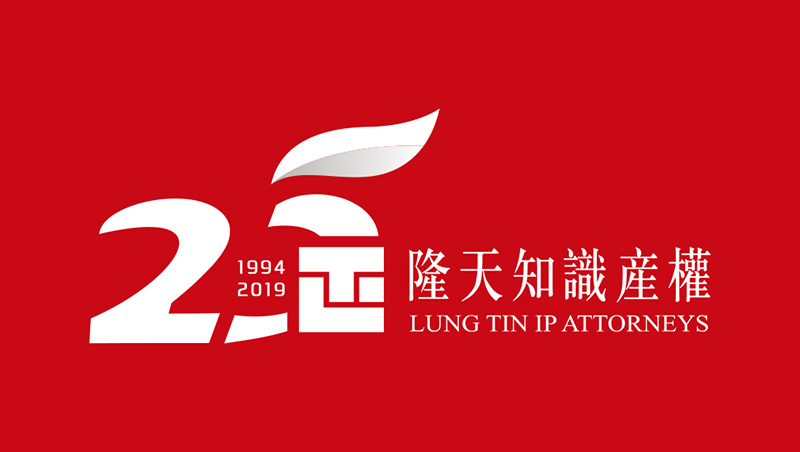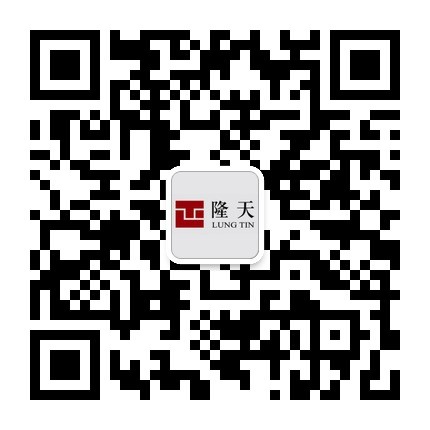Case Type: Invalidation of a Patent for Invention
Patent information: ZL201010229920.2(”Stereoscopic display method and tracking type stereoscopic displayer”)
Decision: Examination Decision No. 27801
Lung Tin Representation: Shenzhen Super Multi Dimension Optoelectronic Co., Ltd. (patentee)
Case Facts: The petitioner for invalidation, Shenzhen Ticor Science & Technology Co., Ltd. (“petitioner”) filed a request for invalidation (the “Request”) against an invention patent ZL201010229920.2 entitled “stereoscopic display method and tracking type stereoscopic displayer” issued to Shenzhen Super Multi Dimension Optoelectronic Co., Ltd. The Patent Reexamination Board (the “Board”) rendered the Reexamination Decision No. 27801 on the Request which maintained the validity of amended claims made by patentee.
Issues: Whether evidence 3 discloses the distinguishing technical feature (2) of the amended claim 1.
Decision: To identify technical features disclosed in a reference document is critical in the judgment of inventive step. However, the identification shall be objective in considering the objective of the teachings, the technical problem to be solved and the technical solution to be used by the reference document. Furthermore, when judging whether a technical inspiration is present in the reference document, one shall also start from the prior art, rather than conducting an analysis with the contents in this present patent and taking them into the reference document, which would have gone beyond the one skilled in the art’s cognition scope of the facts so that a wrong conclusion would have been reached.
Significance: To assess the novelty and the inventive step of claims, an objective identification of the facts disclosed in a reference document and of motivations present therein is very crucial. This case has a certain guiding significance for the same type of cases in how to correctly read the contents as disclosed in a reference.
Award: This case is listed in 2015 Top Ten Cases on Patent Reexamination Invalidation of the Patent Reexamination Board
Decisions of the Board:
The collegial panel holds that:D3 neither discloses the distinguishing technical feature (2), nor provides the corresponding technical inspiration. In the analysis and deduction, the petitioner breaks away from the overall technical solution of D3 and the technical problem to be solved thereby, separately analyzes the technical features as disclosed therein, and introduces the technical features such as “stereoscopic display focus”, “the line between the viewer and the stereoscopic display focus”, “determining the current stereoscopic display image according to the line between the observer and the stereoscopic display focus necessarily relative to the line between the observer and the midpoint of the front object such that the current object stereoscopically presented is counterclockwise deflected around the stereoscopic display focus relative to the front object”, which are not disclosed in D1 and D3, but mentioned in this patent. Furthermore, the petitioner combines the above technical features as mentioned in this patent with D3 and D1 as the prior arts and makes a deduction, and beaks away from the objective of the invention, the technical problem to be solved and the technical solution as used by D3. This goes beyond the scope which can be objectively concluded by one skilled in the art. Accordingly, the panel does not support it.
Comments from Lung Tin Attorney Ms. Meizhen ZHANG:
In the invalidation procedure, the evidence is usually used for assessing the novelty and the inventive step of claims. What is competed by patent attorneys of the petitioner and the patentee is reading this patent and evidence. In this case, with respect to whether evidence 3 teaches “deflection” (the distinguishing technical feature (2)), the petitioner argued all the time that the disclosure of evidence 3 teaches said distinguishing technical feature from the perspective of one skilled in the art, introduced the so-called “stereo vision theory”, attempted to combine the disclosure of evidence 3 and the so-called “theory”, and applied the solution after combining evidence 1 and evidence 3. Thus, the petitioner thought that the technical solution of the amended claim 1 would have been arrived at. Our attorney team pointed out to the panel at the Board that evidence 3 is completely different from this patent in the principle; one skilled in the art’s “stereo vision theory” as asserted by the petitioner lacks evidentiary support; human eyes in the real world neither pay attention to f (focus), nor see two lines as recited in claim 1; and what has been asserted by the petitioner is not a realistic condition, but completely copies this patent. Finally, the opinions of our attorney team convinced the panel.


